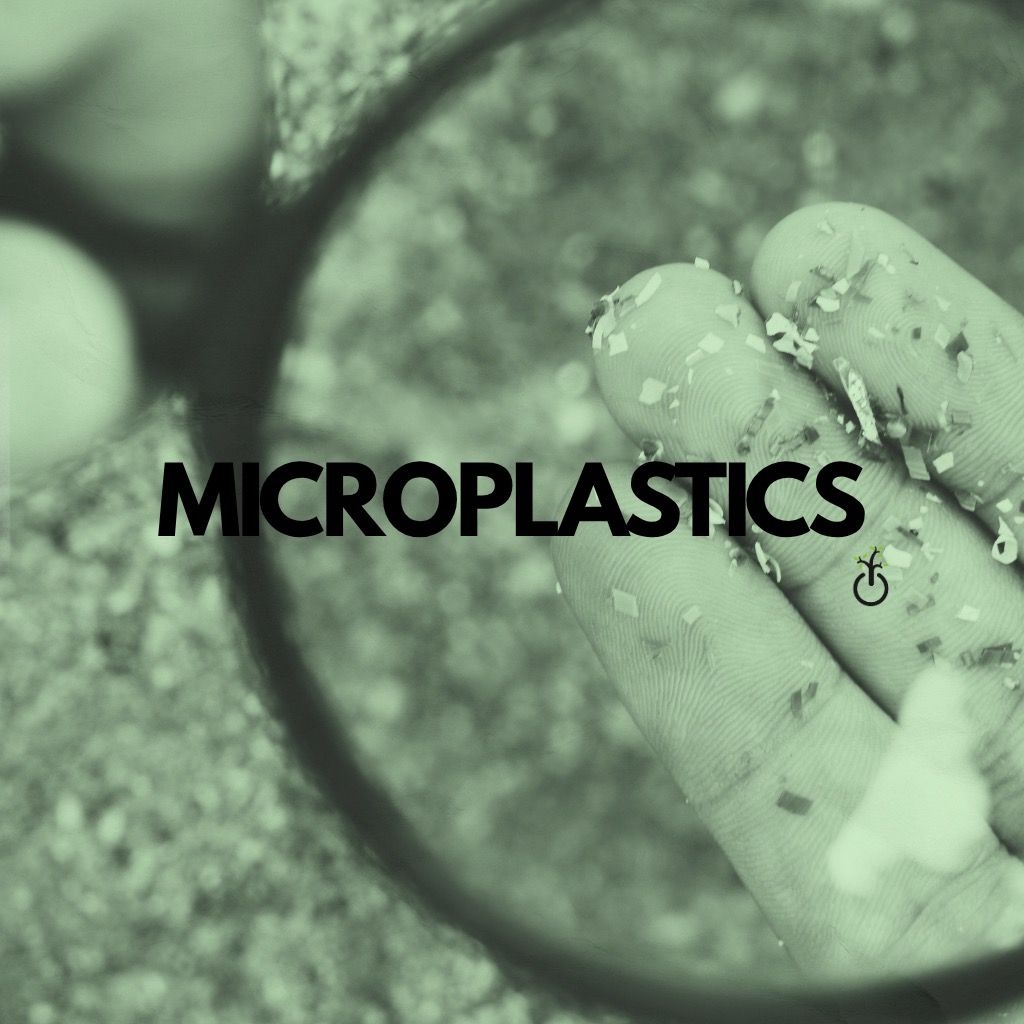Plastic is a major environmental issue today, appearing everywhere from domestic water systems to human blood vessels. Tiny microplastic particles not only penetrate our bodies through food and drinking water, but also through the air we breathe.
What are Microplastics?
Microplastics are small pieces of plastic, less than 5mm in diameter, found in the environment. There are two main sources of microplastics. First, they can be actively produced in small sizes, used in products such as toothpaste, exfoliants and many other products. Second, they can form from the decomposition of larger pieces of plastic in the environment.
A new study from the University of Toulouse (France) just published in the journal PLOS One has shocked many people: we inhale tens of thousands of microplastic particles every day, right in our own homes and cars.
Scientists analyzed 16 indoor and car air samples, using Raman spectroscopy to measure the amount of microplastics in the air. The results showed:
- Apartment air contained an average of 528 microplastic particles per cubic meter.
- Car air contained much higher levels – 2,238 particles per cubic meter.
- Notably, 94% of these particles were smaller than 10 micrometers, small enough to penetrate deep into the lungs when inhaled.
Based on these data, the team estimated that an adult could inhale around 71,000 microplastic particles a day, most of which are tiny, barely visible particles. This is 100 times higher than previous estimates.
Worryingly, the health effects of microplastics are not yet fully understood, but studies have linked them to cancer, stroke, reproductive disorders and other problems.
“People spend an average of 90% of their time indoors – at home, at work, in shops, in cars… and are exposed to microplastic pollution without even realizing it,” the experts stressed.
The researchers call for more research to understand the biological impacts of microplastics and find ways to reduce exposure — such as increasing ventilation, limiting plastic materials in the home, and cleaning regularly to reduce airborne microplastic dust.
Microplastics – silent “intruders” in our bodies (Harmful effects)
Not only in the air, water or food, microplastic particles can also enter the human body through the respiratory tract, digestive tract and even through the skin. Once inside, they can cause a series of health impacts that we can hardly notice immediately.
- Causes oxidative stress and cytotoxicity: Microplastics cause an imbalance between free radicals and antioxidants, leading to inflammation, damage to brain cells and epithelium.
- Energy metabolism disorders: Long-term exposure to microplastics (through water, food, cosmetics…) can affect metabolic enzymes, causing fatigue, reduced energy, and cold hands and feet.
- Increased risk of cancer: Many microplastic particles contain phthalates – substances that can promote the growth of cancer cells, accumulate in the liver and damage stem cells.
- Movement in the body: Some studies show that microplastics can travel through the blood to other tissues and organs, causing blood vessel blockage, inflammation and cell toxicity.
- Allergy: Microplastics can also stimulate the body to produce histamine, causing inflammation, allergic reactions or even anaphylactic shock.
How to limit microplastic absorption into the body?
Microplastic particles are so small that they cannot be seen with the naked eye. They are present everywhere – in drinking water, food, salt, even in the air – so it is almost impossible to completely eliminate them. However, we can still significantly reduce the amount of microplastic absorbed by a few simple changes in our daily lives:
- Use filtered water: Using a quality water purifier helps remove impurities, dirt and significantly reduces microplastics in drinking water.
- Wash and process food with hydrogen-rich alkaline ionized water: This type of water makes food fresher, while also contributing to reducing the risk of microplastic absorption.
- Choose food with a clear origin: Prioritize buying from reputable suppliers, ensuring hygiene. No need to abstain too much — just eat healthy and strengthen your resistance so that your body can “fight” better.
- Limit the use of disposable plastic: Plastic packaging and boxes can leak microplastics into food. Instead, use glass, stainless steel, wooden or bagasse containers – both safe and environmentally friendly.
- Bring your own utensils when buying fast food: Using your own containers not only helps limit microplastics but also contributes to reducing plastic waste.
- Do not reheat food in plastic containers: When plastic is heated, toxic substances can easily escape and stick to food. Transfer food to a glass or ceramic bowl or plate before reheating.
Written by Chuc Khanh Ngo and Thuy Duong Le
References
https://vnexpress.net/hiem-hoa-tu-nhung-hat-vi-nhua-len-loi-trong-nao-nguoi-4786440.html
https://mtvplastic.com/o-nhiem-vi-nhua-la-gi-tim-hieu-cung-chuyen-gia




